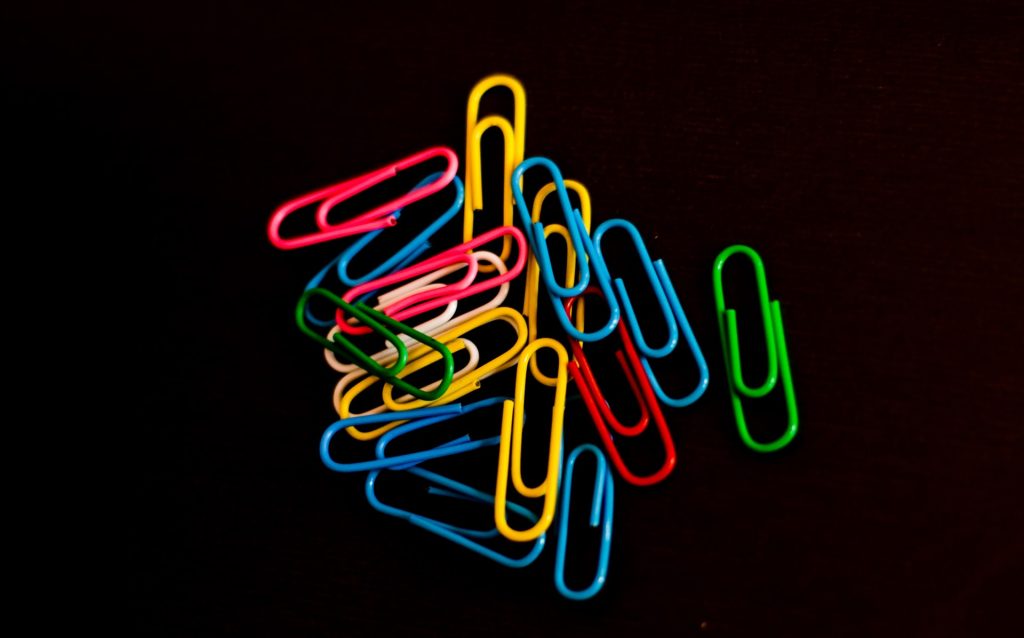[GUEST POST] How Gamification is Changing the Way We Work
Disclaimer: Guest posts represent the diversity of opinion within the world of gamification, and the views and opinions expressed in guest articles are those of the author.

Gamification is changing the way we learn, exercise, and live. It’s been used effectively in schools, healthcare, and marketing departments to improve motivation and increase user engagement.
As Hayk Hakobyan, consulting partner at Gametize and TEDx speaker, explains, “gamification is becoming a significant driver for the evolution of modern societies in all their aspects”. This means that we can all expect to encounter more gamification as access to technology improves.
But what might gamification mean for the workplace, and how can business leaders start to incorporate gamification into their management strategies?
Understanding Gamification in the Workplace
For the uninitiated, gamification is a powerful motivational tool that uses game design principles in non-game settings. This means that gamification can be used effectively in a broad spectrum of contexts like marketing, education, or even in the military.
Gamification works by providing users with extra external stimulation as a reward for completing a task or learning a new skill. For example, language learning programs like Duolingo reward learners when they pass tests or sign in to the app on consecutive days.
As a motivational strategy, gamification has massive potential in the workplace. It can be used in any work environment, and typically requires less managerial oversight than other motivational strategies.
Onboarding
Every workplace has training programs and onboarding materials that help new employees learn the ropes. However, onboarding activities can often be boring and information-dense. This may overload recruits and lead to oversights or miscommunication during the training process.

Gamification can be used to improve onboarding by creating engaging training and assessment tools. This sounds complex at first, but adding game-play mechanics to the onboarding process is fun and adds flexibility to businesses’ training strategies.
Managers who are interested in the idea of gamifying their onboarding can make use of existing technology to support their training initiatives. For example, the Onboarding Marathon utilizes interactive content to assess new employees’ understanding of things like company culture, safety processes, and the personality of their peers. These kinds of gamified onboarding apps are great for establishing a general understanding of the business and initiating employees into a fun, engaging workplace culture.
Workplace Culture
“Culture” is something of a buzzword in business management — but for good reason. Workplace culture has a massive impact on a business’s overall operations. Employees who feel “at home” while at work are far more likely to thrive as professionals, and establishing a good cultural fit can ensure that employees and managers are on the same page.
Many factors influence workplace culture. Subtle differences like the average age of employees can influence the way workers think about their jobs, and larger cultural values can easily shift the way employees think about their company’s role in society.

Managers and business owners cannot afford to leave workplace culture up to chance. Instead, leaders should take the reins when setting cultural expectations and can use gamification to implement and assess cultural norms at work.
Gamifying workplace culture starts during onboarding. As previously discussed, managers can utilize games like the Onboarding Marathon to ensure that recruits understand cultural expectations as well as key facts about their new employer.
Before using gamification to change workplace culture, managers should get an accurate snapshot of their current workplace’s values and norms. This can be challenging, as employees may be hesitant to offer negative feedback. Instead, managers can use anonymous feedback collection platforms like Google Forms to gather data. This data can easily be gamified into progress bars and can be used by managers to help assess their own areas for improvement.
When gamifying to improve workplace culture, it’s important that managers start small and with technology that they feel comfortable with. There are dozens of gamification apps to choose from, and starting slow gives employees a chance to appreciate gamification without feeling bombarded by digital rewards and assessment tools.
Gamification will look different depending on the industry and company. But, by gamifying tasks and learning materials, business leaders can improve the productivity of their workforce and create a fun, exciting environment where employees’ feelings and motivations are accounted for.
Productivity and Performance Measurement
Every workplace has a few tasks that feel mundane or unapproachable. Whether it be sorting through inbound emails or responding to customer queries, employees naturally do their utmost to avoid the responsibilities which cause them excess stress or boredom.
However, gamification has the potential to change this paradigm. Workplace leaders can identify the tasks that cause the most angst at work and can leverage the power of gamification to help improve employee engagement and performance.
For example, if a sales team routinely dodges inbound calls, team leaders can gamify the process to help engage sales reps and change the conversation around potentially difficult tasks. This might involve things like rewards for employees who convert inbound leads, or recognition for those who frequently answer inbound calls.
However, this kind of performance-based gamification requires serious oversight, and managers should not use gamification to blindly rank and assess employee performance. When left unmanaged, gamification can quickly become an electronic whip that creates an unfair, disgruntled workforce where folks feel undervalued and have their humanity diminished.

A far better approach is to gamify those tasks or behaviors that employees already want to do but need an extra nudge. For example, many employees have taken on extra responsibilities during the pandemic, and are now suffering from mental fatigue and burnout. Employers can help these overburdened workers practice self-care by investing in mental-health apps like Mindful or exercise programs like Zombies, Run.
Giving employees access to gamified apps that improve their well-being is likely to improve employees’ mood and ability to manage stress at work. It also displays a business’ commitment to improving employees’ health and may result in greater loyalty, performance, and productivity.
Conclusion
Gamification has the potential to revolutionize workplaces and change the way we work forever. When leveraged correctly, onboarding materials and assessment tools can be gamified to help improve engagement and create a culture of fun in the workplace. Gamification can also help improve employee wellbeing, as gamified wellness programs give overburdened, stressed-out employees the extra nudge they need to start looking after their physical and mental wellbeing.

